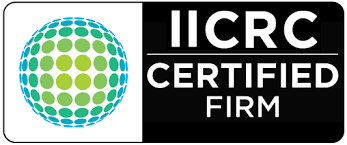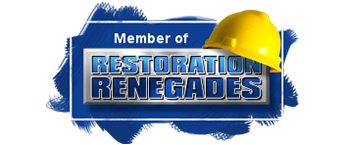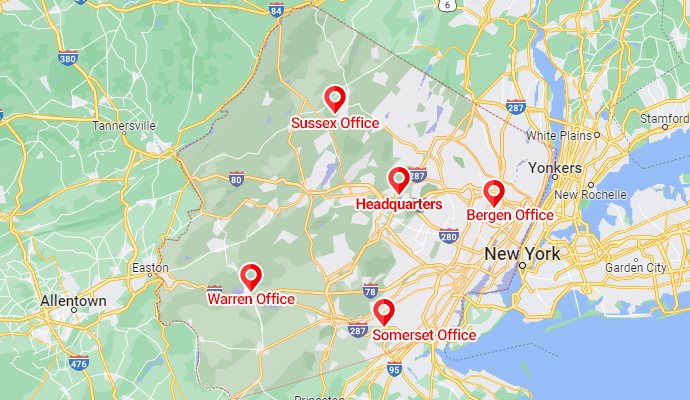How to Clean Soot from Walls and Ceilings
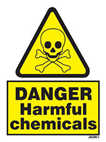
Even a small fire can produce a significant amount of smoke and soot damage throughout your home. Soot will cling to walls, ceilings, furniture, cabinets, and almost any surface. Soot is acidic when mixed with water (humidity), so it will immediately begin to corrode surfaces of affected items. Removing soot damage from walls, ceiling and floors requires fast action and the right soot removal process for the job. Many homeowners underestimate the amount of elbow grease this process will require.
Improper cleaning protocols can create further damage and increase your chance of possible health risks associate with soot exposure. Microscopic soot particles can enter the lungs upon inhalation, ingestion or through the skin and eyes, and can lead to respiratory problems, bronchitis, coronary heart disease, or even cancer.
What Cleaning Supplies Will I Need to Clean Soot and Be Safe?
Selecting the right cleaning materials is imperative to not causing further soot damage to your home and belongings. As with all cleaning materials, test out your soot cleaners in an inconspicuous area before moving on to the entirety of the surface.
Common Cleaning Materials Used As Soot Removers Include:
- A soot sponge, also known as a dry-cleaning or chemical sponge which is made of vulcanized rubber.
- A HEPA vacuum, not a household vacuum that has a HEPA filter. It needs to be a certified HEPA vacuum otherwise you will do more harm by aerosolizing the soot as you vacuum it up.
- Cleaning solutions such a degreaser.
- Baking soda
- Soft rags
- Commercial HEPA air scrubbers that will take 99.97% of the particulate matter out of the air.
Step-by-Step Process for Cleaning Walls with Soot Damage
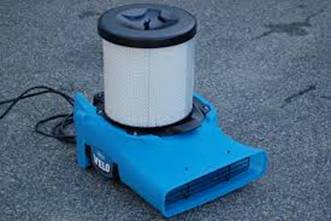
- Put on your PPE (Personal Protective Equipment) such as Tyvek suit, nitril gloved, N95 mask, and goggles to keep you safe.
- Designate a “clean room” where you can clean your contents.
- Place floor protection down.
- Seal off any ducts and unaffected rooms to prevent spreading the soot to unaffected areas.
- Remove all the contents from the room to a “cleaning room” where they can be cleaned.
- Set up a commercial HEPA air scrubber to remove any airborne soot particle.
- The rule of thumb is to start with the least aggressive method as possible.
- HEPA vacuum the floor walls and ceiling as best as possible. You want to remove as much as possible with this method. For some smoke jobs, this may be all that is needed.
- Take electric outlet covers off and HEPA vacuum the inside of the outlets. Soot is a negatively charged particle and will find it way in there.
- Use chemical sponges to wipe down all surfaces. Flip the sponges over to maximize their use. Do not wet the sponge, this will cause it to be infective. It is a dry-cleaning process.
- If soot is still visible you will want to “wet wash” the walls with a degreaser and pairing agent mixture (deodorizer). Wet washing works well for tile and windows. Be careful not to use too much water on porous materials such as wood or drywall. This will leave the walls streaked but clean, also know as “clean to paint”.
- Make a mixture of dish washing liquid and vinegar with warm water.
- Test in an inconspicuous spot. You may need to add more or less of each ingredient to find the right mixture that works best.
- Once you find the right mixture, fill a bucket with clean, soft rags and then pour the solution over the rags into the bucket.
- Now take a rag, ring out most of the water and clean the walls in a vertical motion.
- Once the rag gets dirty, place into another bucket for disposal, only use clean rags.
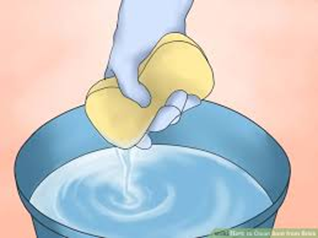
- Most likely the walls will need to be sealed and then painted which will also help in the deodorization process.
- The final step would be to caulk around the baseboard and window as an additional layer of protection to lock in any odor molecules that you may not have removed.
Step-by-Step Process for Cleaning Soot Off Ceilings
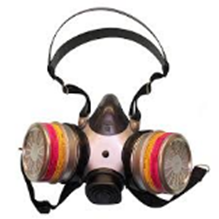
- Put on your PPE (Personal Protective Equipment) such as Tyvek suit, nitril gloved, N95 mask, and goggles to keep you safe.
- Designate a “clean room” where you can clean your contents.
- Seal off any ducts and unaffected rooms to prevent spreading the soot to unaffected areas.
- Remove all the contents from the room to a “cleaning room” where they can be cleaned.
- Set up a commercial HEPA air scrubber to remove any airborne soot particles.
- The rule of thumb is to start with the least aggressive method as possible.
- If you have visible soot on the ceiling, you should clean before you clean the walls or floors. Follow the same step as outlined above for cleaning the walls. Otherwise, you my decontaminate the walls after you cleaned them.
- When cleaning the ceiling pay particular attention to light fixtures such as recessed lights. Make sure you turn off the power, take out the light bulb and wipe the opening and the bulb. Soot is negatively charged and is attracted to electricity.
- The same goes for ceiling fans. Make sure you HEPA vacuum as best as you can because the soot will have penetrated the internal motor and if not cleaned soot turns into acid when mixed with water (humidity) and will eventually ruin your ceiling fan in a few months.
Step-by-Step Process for Cleaning Soot and Odor Off Carpets
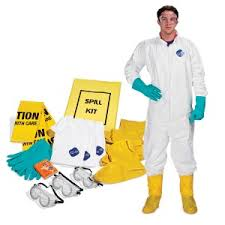
- Put on your PPE (Personal Protective Equipment) such as Tyvek suit, nitril gloved, N95 mask, and goggles to keep you safe.
- Designate a “clean room” where you can clean your contents.
- Seal off any ducts and unaffected rooms to prevent spreading the soot to unaffected areas.
- Remove all the contents from the room to a “cleaning room” where they can be cleaned.
- Set up a commercial HEPA air scrubber to remove any airborne soot particles.
- HEPA vacuum the carpet as best as possible. May require multiple passes.
- Apply a layer of baking soda over the entire carpet and let sit for a few hours.
- HEPA vacuum the baking soda.
- After you remove the loose soot you will want to do a hot water cleaning/extraction with an alkaline carpet cleaner and paring agent for a deodorizer.
- Most carpets are made from petroleum and soot naturally binds with it. It may be difficult to clean and might need to be replaced.
Don’t Wait to Clean up The Soot!
Addressing the damage as quickly and as efficiently as possible is critical. Soot can travel through your ventilation system, spreading further around your home and affect additional surfaces throughout your home. The faster the soot cleanup begins, the sooner you can safely return to your home.
Removing smoke and soot from surfaces can seem overwhelming. Leave the smoke and soot cleanup to the professionals. Most cases this is covered by your homeowner insurance policy.




